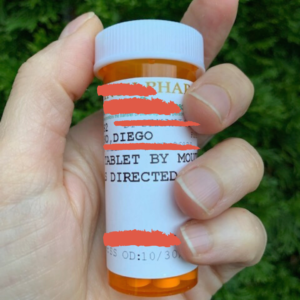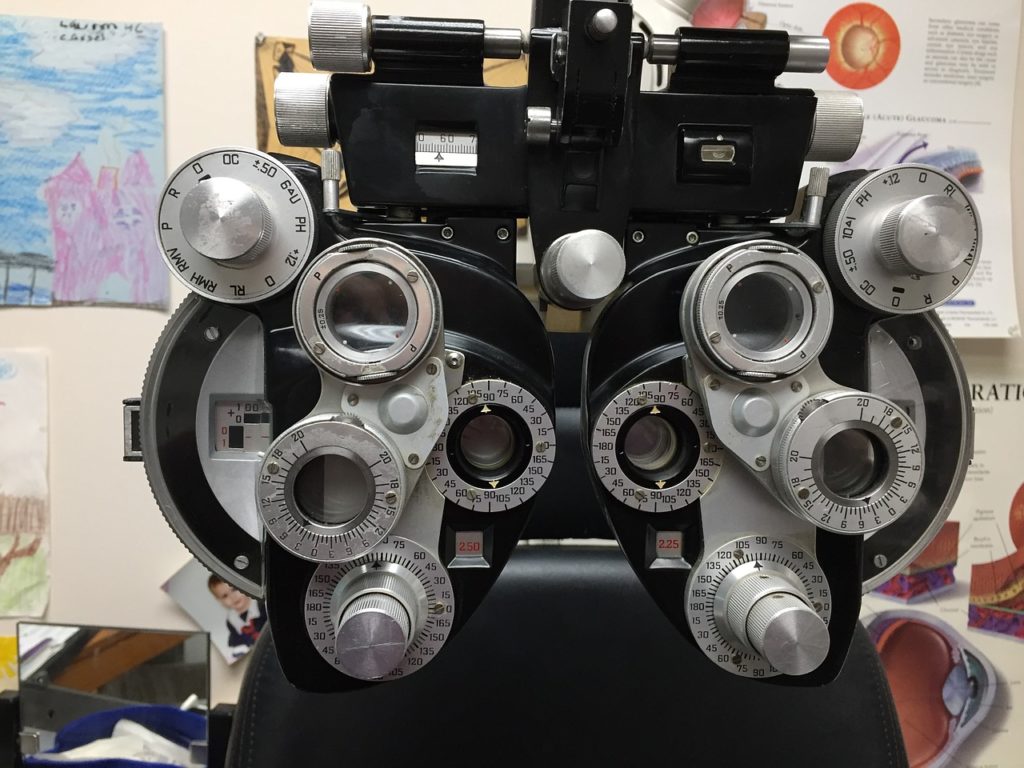 The decision to medicate our children with special needs carries an immense responsibility: we get to decide where the sweet spot in behavior is given a long and uncertain process. Moreover, we do this knowing that the option we settle for may be far from optimal.
The decision to medicate our children with special needs carries an immense responsibility: we get to decide where the sweet spot in behavior is given a long and uncertain process. Moreover, we do this knowing that the option we settle for may be far from optimal.
Diego was first medicated in elementary school, with prescription stimulants (Ritalin, then Concerta). Overall, the results were negative, so my husband and I practically swore off the medication option -in hindsight, a perfect example of never say never.
Then, when Diego was around 14, his behaviors took a sharp turn toward anxiety and his mood began to fluctuate widely throughout the day, and we again gave meds serious consideration. Diego has been on various medications ever since.
The optimal medication for Diego would do this: a) help slow down his brain just enough so that his talking was not rushed and constant, and b) ease his anxiety just enough so that he’d obsess less about stuff and stop asking the same thing over and over and over again. Oh, and it would have no side effects.
Although this “just-right” pill exists in my imagination only, in the real world, there is a vast array of pills available to us courtesy of the pharmacological industry. Within this reality, I fantasize about scenarios where the process of medicating Diego is straightforward and conclusive -the opposite of what it is.
Fantasy #1: Four universes, four Diegos

Imagine four parallel universes where everything stays the same, except that, in each, Diego gets to trial different medications and dosages -or no meds at all. Also, we don’t know which universe is which.
Let’s say it takes 8 weeks to assess the efficacy of each treatment. In my fantasy, where all treatments run concurrently, this would take 8 weeks. In real life, however, where you run each treatment in succession, trialing all four treatments would take at least four times as long , i.e., 32 weeks, right?
Not so. It would take even longer than that! You see, once you discontinue a treatment, you need to wean the individual off the meds before introducing any changes. This means adding more weeks between treatments. We’re looking at 32+ weeks (perhaps a whole year) of messing with a person’s mental function!
Complicating matters further, if you do trial four successive treatments, perceptions of which worked best will be biased by the passage of time, by stress, and by all manner of life events.
My multiverse fantasy would allow us to do something that is impossible in real life: to compare apples to apples and get close to the best possible treatment option in a matter of weeks.
By contrast, in the one universe we inhabit, there are serious limitations on how close and how quickly we can get to the optimal alternative. On the one hand, it is no secret that medicating the brain to affect mood and behavior is largely educated trial and error. On the other, it takes time for a treatment to produce a therapeutic benefit and to discern if the gains are worth the side effects.
Fantasy #2: One-two, which will it be?

Wouldn’t it be great if the treatment trials were super short, much like when you go to the eye doctor to get a refraction test? When you get one of these, the examiner changes the lenses on the phoropter (the device with all the spheres and knobs that you look through) in quick succession: “One-two, one-two, which looks better to you? How about one-two, one-two… Now, how about… One or two, which is better?” She arrives at close to the best possible lens for each eye in a matter of minutes.
With meds, the question is never resolved and the change from one to two doesn’t take a second. It can take weeks, months, or even a whole year! Plus you can’t go back and re-check: “Did you say one or two?”
Reality: The medication roller coaster

Tweaking is a never-ending part of the medication option for a number of reasons: individuals mature and behaviors change; new meds come to market; side effects become a problem. Above all, there’s always the goal of minimizing med intake.
Tweaks are often unsuccessful, and always confusing. Here’s what happened on our last tweak.
Diego had been on MedX and MedY (made-up names) for over three years, and the goal was to reduce dosages, or possibly discontinue one of them.
I was especially excited by the prospect of reducing MedX. The drug conjured up memories of my parents’ alarm when a close relative had been hospitalized and treated with it. When talking about her, my parents would whisper, “They’re having to give her MedX,” as if this was an option of last resort, like when morphine is used to make dying patients comfortable.
“Fear can also be learned -quite easily, in fact- by words rather than by experience,” notes economist, psychologist and Nobel laureate Daniel Kahneman in Thinking, Fast and Slow.
Well, rightly or wrongly, words had definitely made me fear MedX.
Despite my fear, however, we did go ahead with the MedX trial. Diego may not have been dying, but he was certainly suffering a great deal. MedX worked. Diego’s mood leveled off and his anxiety became manageable.
Fast-forward three years: Diego went off MedX and -surprise, surprise- things didn’t go as we’d wanted or expected. We’d thought that Diego might become manic, irritable or impulsive, like he was pre-MedX the first time around. Instead, he was lethargic, flat, sad – totally unlike himself.
We gave it about two months but, if anything, the apathy increased over time. We decided to resume MedX.
In summary, the “tweak” took over ten-months. We did manage to chip away at MedY a tiny bit, but the med I most wanted to eliminate remains at the original level.
There’s surely a better option out there for Diego, and we must make peace with that. Diego can’t live in perpetual “tweak” mode. We’ll certainly try again at some point in the future, with renewed hope that, next time, we’ll get closer to medicating Diego “just right”.

